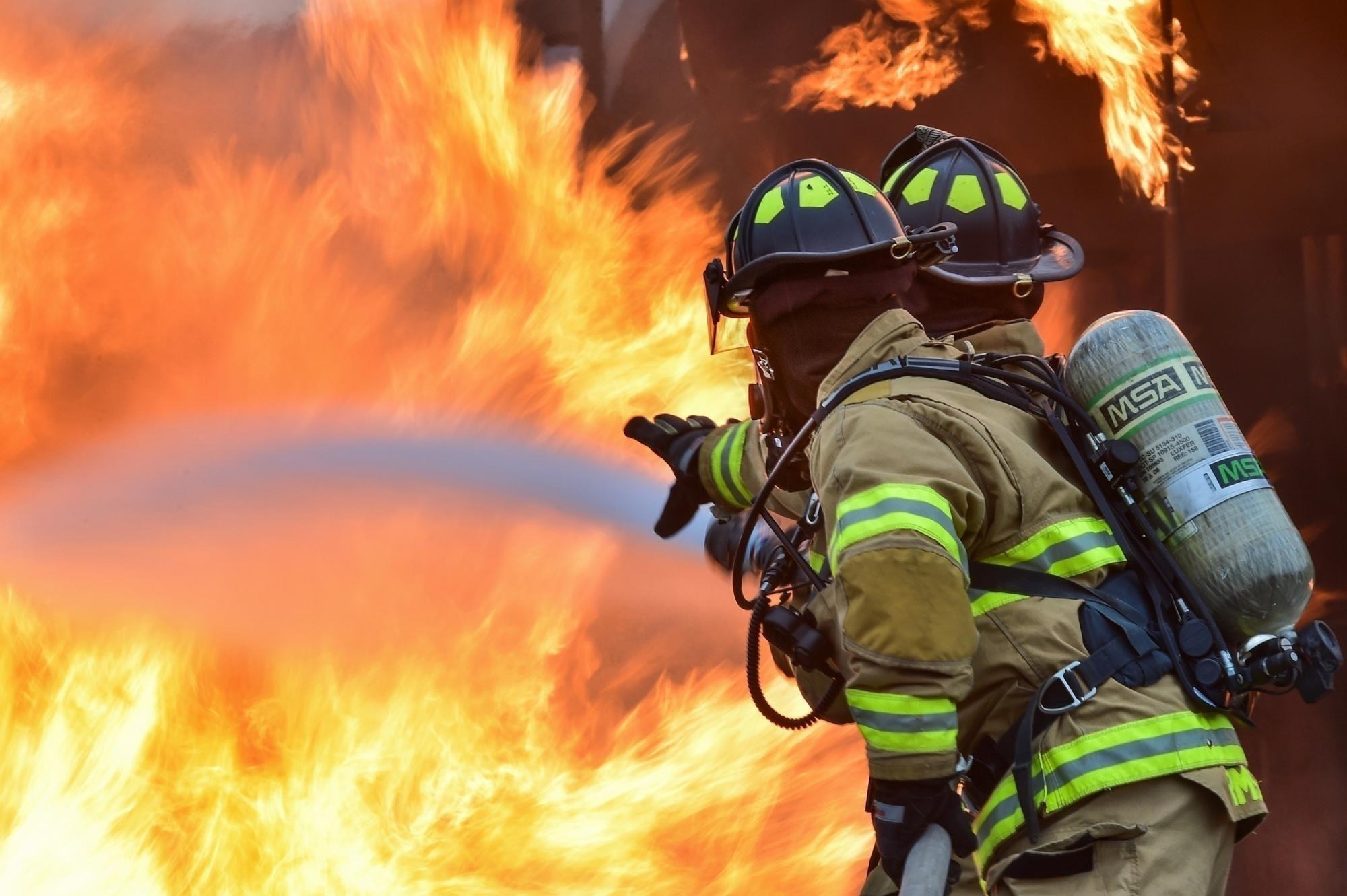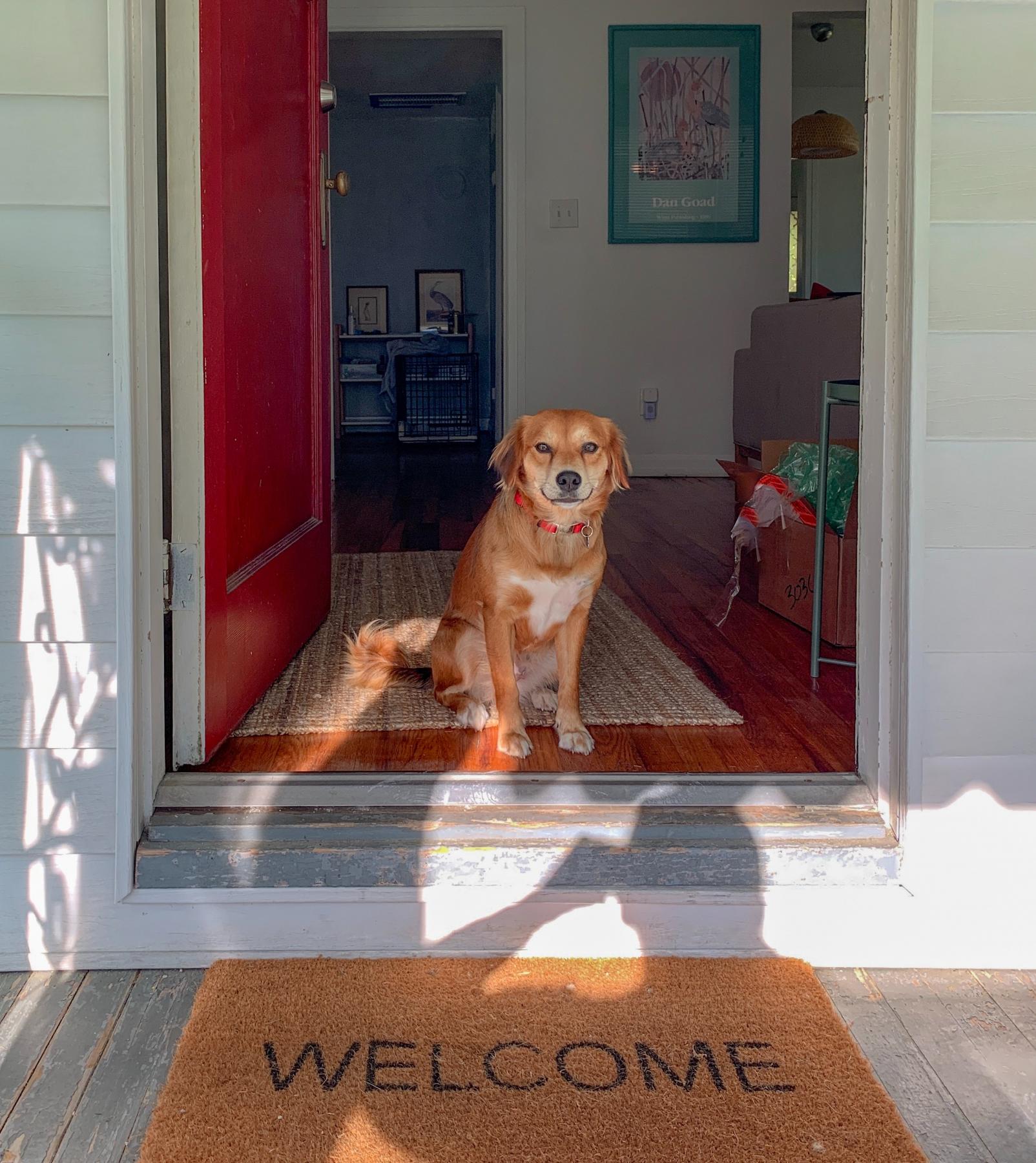National Pet Fire Safety Day is today, and it's a great time to consider our pets when planning fire routes and safety in our homes. Pets are not only great companions but as much a part of our family as any other member. This day is for pet owners to take preventable measures now so you can save your home and your pet.
The National Fire Protection Association (NFPA) says pets are responsible for over 1,000 house fires every year in the United States, and an estimated 40,000 pets die in fires, mostly from smoke inhalation. View the safety tips below to help you prepare for the unexpected.
PET FIRE SAFETY TIPS
⢠Extinguish open flames. Pets are curious and certainly not cautious. Wagging tails haphazardly knock over candles. Curious kitties will paw at sizzling grease, quickly sending a kitchen up in flames.
⢠Remove knobs from the stove. When not in use, they will not accidentally get turned on.
⢠Consider flameless candles for ambiance and backup lighting in the event of a power outage.
⢠Replace glass water bowls with metal or plastic. Outside on wooden decks, they can heat up and actually start a fire.
⢠Have a plan when you are home. Know which family members will be responsible for each pet.
KEEP YOUR PET SAFE
- Secure Young Pets Especially with young puppies, keep them confined away from potential fire-starting hazards when you are away from home such as in crates or behind baby gates in secure areas.
- Since Pets Left Alone Can't Escape a Burning Home Consider using monitored smoke detectors which are connected to a monitoring center so emergency responders can be contacted when you're not home. These systems provide an added layer of protection beyond battery-operated smoke alarms.
- Affix a Pet Alert Window Cling Write down the number of pets inside your house and attach the static cling to a front window. This critical information saves rescuers time when locating your pets. Make sure to update the number of pets listed.
IN THE EVENT OF A FIRE
Keep your dog's collar on at all times and place leashes near the door so first responders can use them to lead pets to safety. Dogs are often waiting at doors and run out when firefighters come in.
⢠Note where your pets like to nap or hide in case you must evacuate your home quickly.
⢠Have an emergency plan and practice routes of escape with your dog. Include all members of the family in this plan. Make sure they know what to do and where to go.
⢠Make an emergency kit that you can easily grab on the way out. Pack a leash, medication, and any immediate needs your dog might have for the next few days.
⢠Alert firefighters to the presence of pets with window stickers that display the number and types of pets inside, and make sure the stickers are up to date. The presence of this sticker reminds firefighters to spend a little more time searching the house for pets.



